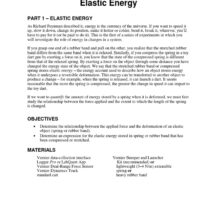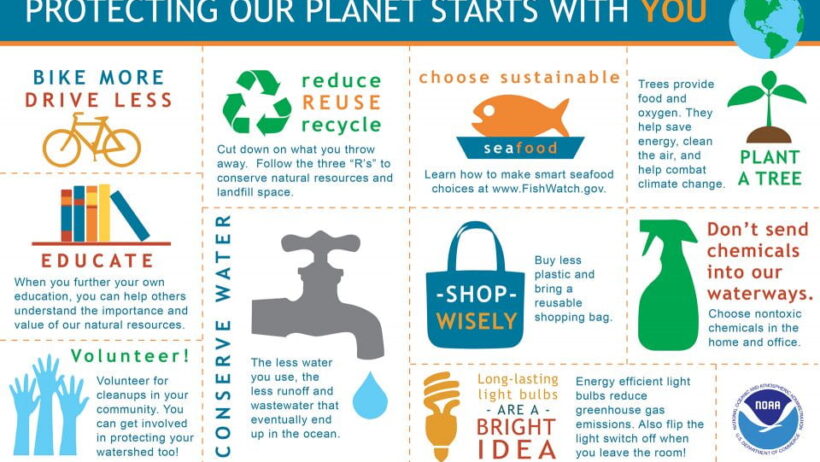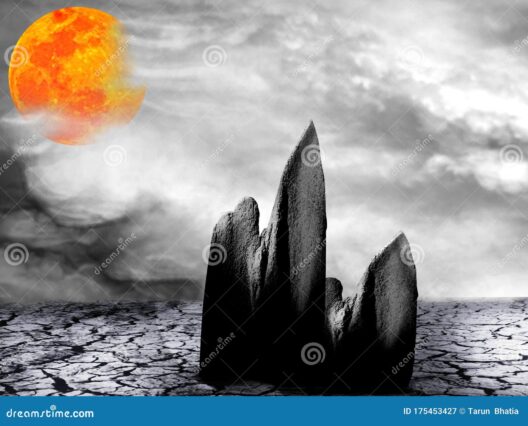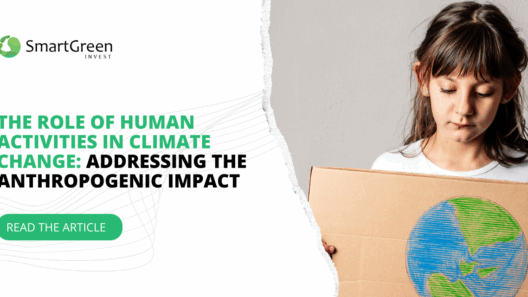As the Earth’s surface shivers under the weight of climate change, one might intuitively direct their gaze upward, pondering the sun, clouds, and atmospheric shifts. Yet, a more profound contemplation ought to explore the depths of our planet—its very core. The elegant balance of our planet’s ecosystems can be intertwined with the dynamics occurring far beneath our feet. This dialogue between the inner Earth and outer impact unveils a narrative worthy of exploration: the intersection of global warming with the behaviors and characteristics of the Earth’s center.
To conceptualize this relationship is to navigate through an intricate network of geological and environmental processes that seldom cross the public’s consciousness. The core of the Earth, a molten mass of iron and nickel, generates a magnetic field that shields the planet from cosmic radiation while allowing life to flourish on its surface. Yet, this protective veil is not impervious to the changes and pressures of our environmental choices. Rising global temperatures manifest not only as atmospheric augments but also as seismic reverberations that pertain to the core’s stability and function.
The first aspect of this connection lies in the geothermal gradients—the Earth’s internal heat flow. This internal heat is a remnant of primordial radiation and the ongoing decay of radioactive elements within the crust and mantle. As we engage in actions that raise temperatures and alter the balance of the environment, the outer layers react, invoking repercussions that reach deeper into the Earth’s strata. This heat manifests in the form of volcanic activity and tectonic shifts, serving as conduits for expressing the troubling realities of our atmospheric carbon concentrations.
Moreover, the influence of climate change on tectonic activity cannot be dismissed. Studies suggest a correlation between melting polar ice caps, rising sea levels, and the resultant shifts in mass and gravitational forces, which in turn impact tectonic plate movements. Imagine the Earth as a finely-tuned orchestra. Each instrument plays a vital role; if one section falls out of harmony, it disrupts the entire performance. Alterations in surface mass can lead to the warping of the crust, promoting seismic activities that rattle our foundations.
Intriguingly, the phenomenon of ‘glacial isostatic adjustment’ can be positioned at this junction of climate change and core influence. As glaciers retreat, the Earth’s surface usurps the burden of weight once carried. In this geographical ballet, the land begins its slow, heaving rebound, a testament to geological resilience. However, the unleashed stress can trigger fault lines to awaken, birthing earthquakes in regions previously untouched by such tectonic tumult. Thus, we witness a direct dialogue between our outer behaviors and the profound depths of the geosphere.
Additionally, the Earth’s magnetic field, generated by movements within the fluid outer core, is not immune to the ripple effects of climate change. While the correlation remains an area of ongoing research, preliminary findings demonstrate an unsettling correlation between the fluctuations in the magnetic field and the alterations of our climate. As the planet’s temperature ascends and ice melts, the distribution of mass shifts, potentially influencing the complex convective processes driving the magnetic dynamo. An unstable magnetic field could yield consequences that extend beyond mere navigation errors; it may impact atmospheric interactions, influencing weather patterns that form the bedrock of human survival.
Picture the Earth as a multi-faceted jewel, where each aspect—from its crystalline core to the swirling storms of its atmosphere—weaves an extravagant tapestry. The encroaching threat of climate change is an insidious force that alters every fiber of this intricate fabric. As we crank up the engines of industrialization, spewing greenhouse gases, we are igniting a chain of events that reach far beyond the horizon. The ripples ascend through the crust, through the mantle, and descend into the core—a metaphorical pulse that reverberates through both the inner sanctum and the outer atmosphere, with consequences that are both immediate and protracted.
As environmental custodians, the message is clear: our actions resonate to the very core of the planet. Instruments of industry that belch carbon dioxide into the atmosphere do not do so in isolation. Their consequences reverberate like the tolling of a deep bell, sending shockwaves through the Earth’s geological structure. In grappling with global warming, we must adopt a holistically integrated perspective amidst our response strategies. This is not merely about curbing emissions; it extends to an understanding of how our terrestrial ecosystem interconnects with the planet’s inner machinations.
To mitigate the widespread repercussions of climate change, it is imperative to pursue sustainable practices that respect and preserve the sanctity of both the Earth’s surface and inner realms. By transitioning to renewable energy, enhancing conservation efforts, and embracing innovative technologies that reduce our carbon footprint, we can nurture the delicate equilibrium between our actions and their broader planetary implications.
Furthermore, public education must fervently shift towards illustrating these connections between the Earth’s core and the outer impact of climate change. We emerge from a legacy of separation; understanding that the core does not merely serve as the indifferent foundation of existence but is an active participant in our environmental narrative can inspire a collective shift in consciousness.
In conclusion, the relationship between global warming and the Earth’s core proffers a rich, albeit complex dialogue that challenges conventional perceptions of climate action. By recognizing the profound interdependency of our planet’s systems, we become not only witnesses to but active participants in a pivotal era of environmental stewardship, forging a sustainable path that honors the interconnected web of life that thrives above and below the surface.







